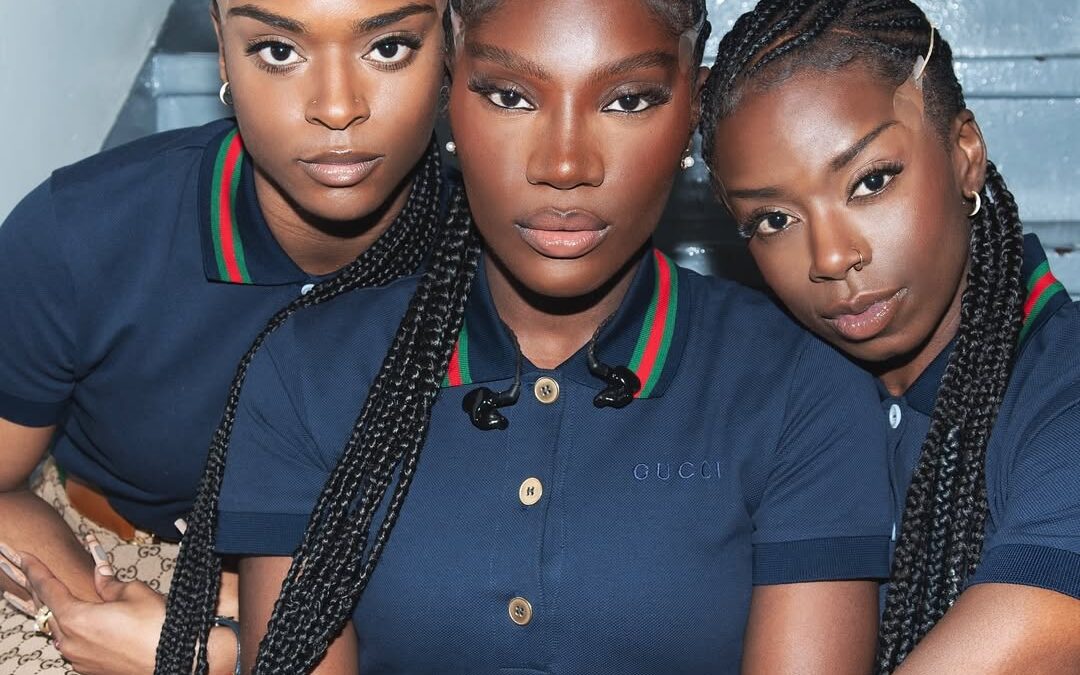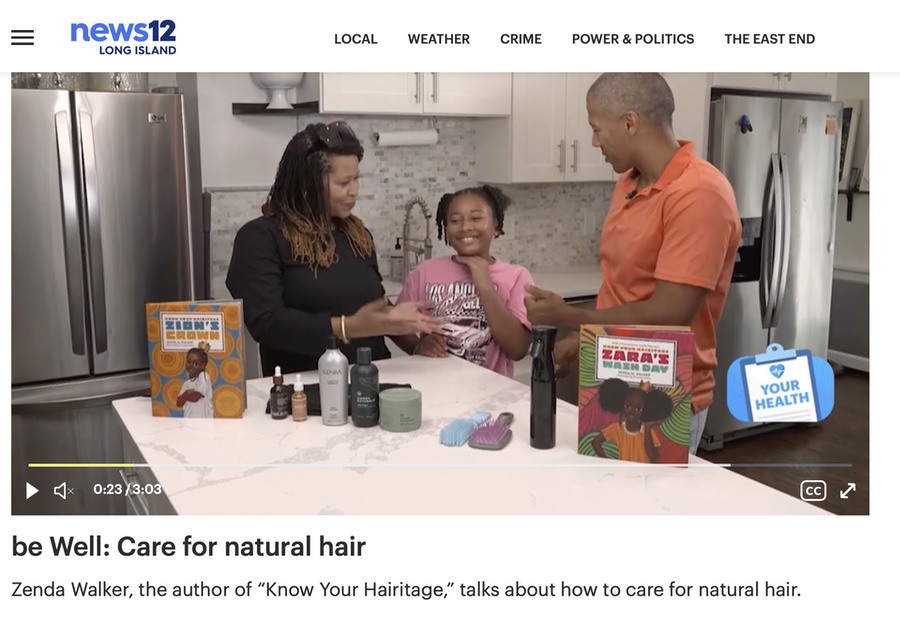
Beyond the Beats: Doechii & The Power of Storytelling
Okay, let’s be real: Doechii isn’t just a rapper, she’s a cultural phenomenon. This Tampa-born artist is absolutely killing it in the hip hop scene right now. When you watch and listen to Doechii, prepare for an experience. Her sound is fluid. It’s like the best of hip hop, spoken word, jazz, and R&B converging into a single, brilliant mind. Her lyricism is fire, her flow is mesmerizing, and her fashion? Don’t even get me started. It’s a captivating blend of high-fashion and street style, a true reflection of her unique identity.
But here’s the thing: Doechii’s artistry goes way beyond the surface. Her hair isn’t just an accessory; it’s an integral part of her performance, a powerful statement of self-expression. From intricate cornrows to flowing braids and the embrace of her natural coils, she’s showcasing the beauty and diversity of Black hairstyles with an unapologetic confidence. This isn’t just about fashion; it’s a profound act of cultural reclamation. Doechii is telling her fans, and the world, that their identities, their stories, and their unique expressions of self are valid, beautiful, and worthy of celebration. She’s not just a musician; she’s a cultural icon, and frankly, we’re all here for it.
Her recent performance of “Denial is a River” and “Boiled Peanuts” from her 2024 Alligator Bites Never Heal album on the The Late Show with Steven Colbert solidified her status as a rising force. But beyond the infectious beats and impressive rhymes, you can’t help but be captivated by the synchronized braiding routine performed by Doechii and her dancers. The intricate braids, meticulously crafted in unison, weren’t just a visually stunning performance element; they were a powerful symbol of connection and shared history. What a beautiful metaphor for the interconnectedness of the Black community, highlighting the shared struggles and triumphs that bind us together. Her NPR Tiny Desk performance didn’t disappoint either, as her entire band collectively celebrated the art of braids and ornamentation to compliment an iconic medley of unforgettable tunes.
Doechii’s hairstyling choices extend far beyond the braids that stole the show on Colbert and Tiny Desk. From sleek cornrows and cosplay wigs to voluminous afros, she consistently uses her hair to express herself and complement her music. Each style feels like a deliberate choice, adding another layer of depth to her artistry.
Doechii’s meticulous attention to detail, from her music to her fashion and hairstyling, is a testament to her dedication to her craft. Her hair choices are not just an afterthought; they are a powerful extension of her artistry, a way to connect with her audience on a deeper level, and a celebration of her cultural heritage. In a world saturated with generic pop stars, Doechii’s commitment to authenticity and storytelling makes her a truly the breath of fresh air that we all need right now.
Out Now: Alligator Bites Never Heal (19 Songs)
Visit www.knowyourhairitage.com to learn more about the history and cultural significance of Black hairstyles!

